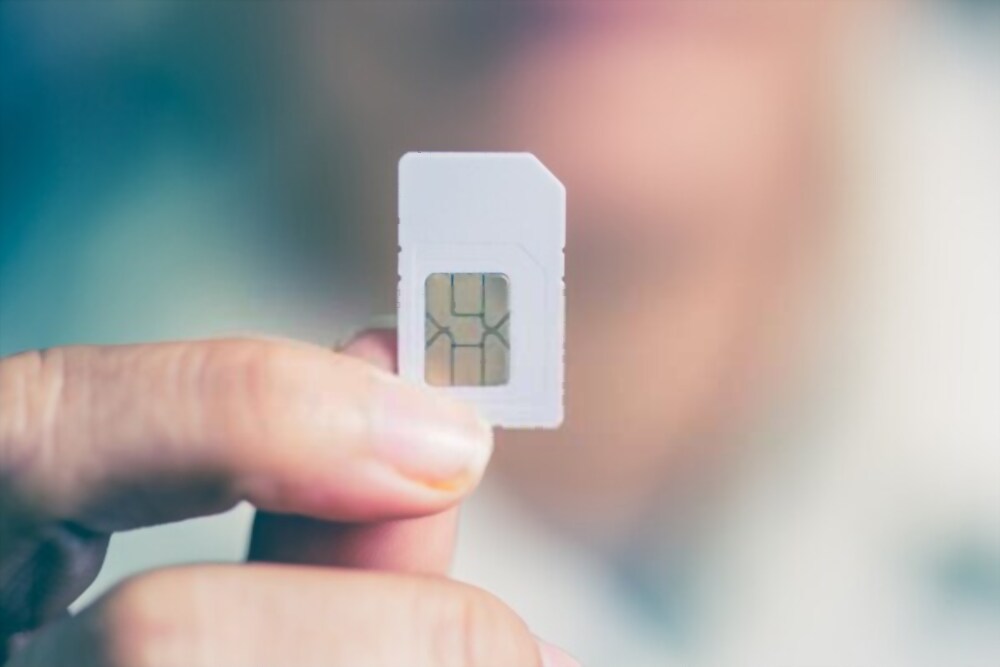So many websites started handling the US Phone Verification process as an excuse to fake numbers and
personal data. Yet, there is an easy way to go through the whole process without having to worry about
giving your phone number away.
I BET YOU ARE TIRED OF RECEIVING SPAM TOO
Every time you have to register on a website, an email address is required. In most cases, to avoid filling in
their main email address, users resort to those useful temporary email addresses.
Using another email address is a convenient method to verify your identity as users because the email
the address is instantly available in seconds once you reach the home page of those websites.
However, webmasters do not like that expedient at all. Some more stringent and personal online services,
like Google, do not want a single person to sign up hundreds of times with different “verified” accounts
through temporary email addresses.
Thus, the Big G asks users to verify their mobile number. In the standard US phone verification process, the
user must provide a telephone number. Then, he or she receives a randomly generated code via SMS or
voice call to confirm that he/she is a real person and not a spam bot.
The reasons that lead to the US phone verification may have been legit. But, you might have noticed that
once you gave your phone number away, you started receiving promotional calls and SMS.
Sometimes, in the fine print of the terms of the service, companies write that they will share the phone
number with commercial partners. Or they might explain other agreements. But other times, whoever
received your phone number for the verification process just sold your data. Most likely, they sell it to
marketing agencies or anyone interested to reach more people in your area. This is where the problem
begins.
Why would anyone want to share their number to comply with the “US phone verification”?
The purpose of telephone verification is always the same: to prevent a user from having multiple accounts.
Yet, many people do not want to share their phone numbers for numerous reasons.
Along with the obvious option of buying more SIM cards, there are ways to overcome this protection. By
providing a phone number that will only receive SMS or calls with the confirmation code, the verification
the process ends successfully.
In practice, such an online service provides a number for confirmation. That number only serves to
receive the SMS or call with the code. Thus, the user views the confirmation number on the online page of
the service. Therefore, the user has not to use his/her personal phone number.
Conclusion:
Pvaverify handles the US phone verification this way. The users select the service(s) that they want to
verify. A list of phone numbers ready to receive the confirmation code appears, and it offers many cities to
choose from. It works with any website/service.
Users may want to choose a specific city to comply with the requirement of the online service. Marketers
may use this service to create the same profiles that the websites do not want users to create.

